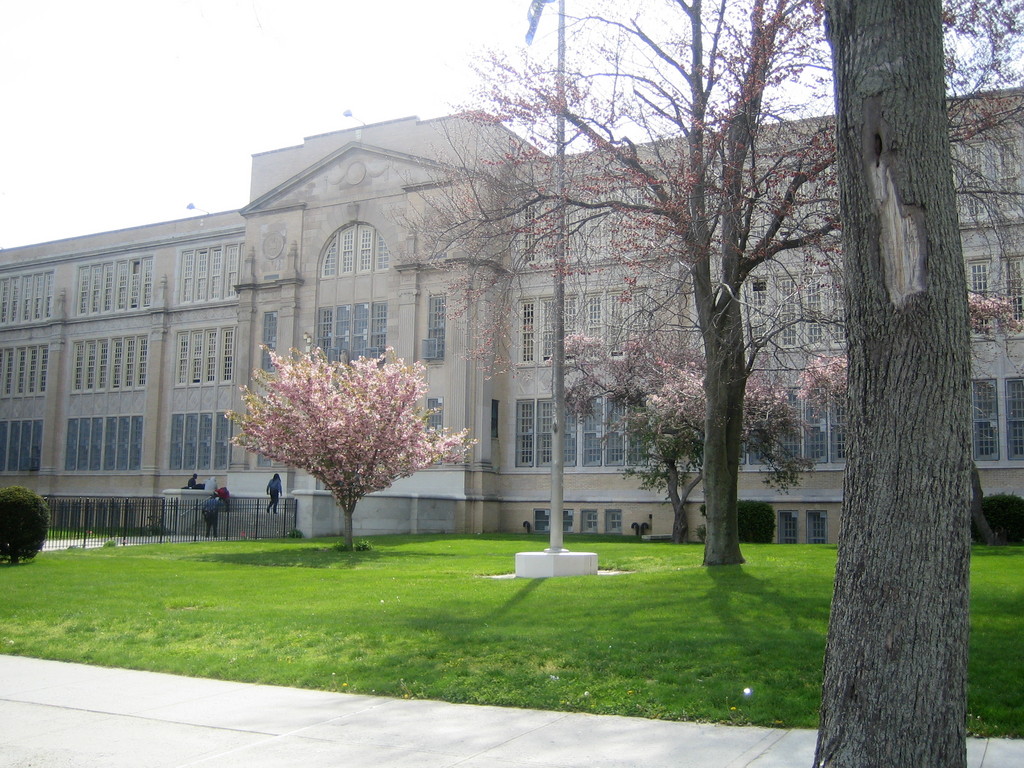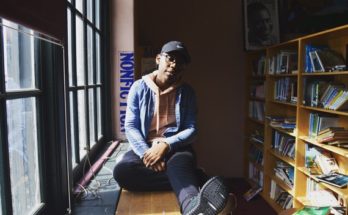On a typical spring weekday morning at eight sharp, Angel Basilio would be sitting in his English class at the Queens High School for Information, Research and Technology. Angel is a junior at QIRT, and English is one of several classes he’s taking this year, along with computer science, math and social studies. All, of course, are now virtual, just one effect of the coronavirus pandemic’s disastrous run through New York City.

But, Angel thinks it could be worse. “My little brother has online classes from nine to three,” he said in a phone interview. In the background, the voice of Angel’s brother chimed in. “Excuse me? Excuse me? What did you say about me? What did you just say about me?”
The interruption was one small example of the distractions that students like Angel now face as they attempt to learn online. Remote instruction and the realities of life in quarantine – far removed from the closed environment of the classroom – have forced New York City’s teachers to reassess how they teach, and prompted a wholesale redefinition of what it really means to attend school.
Conversations with students and faculty at QIRT revealed contrasts in how teachers are approaching scheduling online classes. Some teachers, seeking to maintain a sense of normalcy, have hewed closely to the bell schedule familiar to any high school student in New York. Others have opted for project-based learning and flexible lesson plans where they assign several days’ worth of coursework upfront, trusting the students to work at their own pace and check in if they encounter any issues.
Angel appreciates the flexibility afforded by teachers who have begun providing assignments days in advance and not holding regular class hours. In contrast, he said of his English class that has stayed on the conventional, 8 a.m. sharp bell schedule, “We had to be there on time, and only five people logged into it. You had to put your name and do the work on time.” Eighteen to 20 students, he noted, would normally be in the early morning class.
Teachers at QIRT, along with the thousands of others working in the city school system, face the biggest challenge of their careers. Caught between wanting to make sure students feel supported during an incredibly stressful period – especially when their lives at home can vary widely – and the desire to maintain rigorous academic instruction, they have been tasked with ensuring not only that students continue to attend school virtually but that they remain engaged as well.
More relaxed, project-based teaching appears to be more successful at meaningfully reaching students working from home, while those classes adhering to the traditional bell schedule are at greater risk of losing students.
New York Gov. Andrew Cuomo announced the closing of schools statewide on March 15. In the weeks after, New York City’s students, teachers and administrators alike scrambled to prepare for the beginning of virtual instruction, a massive undertaking in a school system that this academic year enrolled more than 1.1 million children.
At QIRT, said Principal Mahendra Singh, “Our suggestion was to follow the bell schedule to the extent possible when we first started virtual learning. The important phrase there was ‘To the extent possible.’”
“We’re in a new educational modality,” Singh continued. “We have to be reflective about what works and what doesn’t.”
For school administrators and teachers, even monitoring attendance and classroom engagement is not a simple task. The city’s Department of Education has not provided specific guidance to schools on how to record attendance statistics, leaving it up to schools to choose the method.
QIRT, for its part, recorded an 85% attendance rate among its 466 students for the 2018-2019 school year. An early snapshot of attendance in early April, a few weeks after schools transitioned to remote instruction, pegged attendance at 50%. Within a week, that number had climbed to 64% but was still more than 20 points shy of pre-coronavirus levels. QIRT collects attendance statistics by having students visit the school’s website, where a Google Form allows them to check their name and effectively mark themselves “present.” Any further monitoring is left up to individual teachers.
More recent attendance statistics for QIRT, from the first full week of May, have noted attendance holding at 70%, according to data released by the school.
Jeff Kaufman, who teaches computer science at QIRT, believes that teachers must adapt to the realities of the times. “I applaud teachers and think they do an incredible job with what they have, and I would never downplay that,” Kaufman said. “But they can’t break out of the mold about what they do. They expect the same thing from kids that was there before, and that’s so unfeeling and so unnecessary.”
It was a sentiment echoed by one of Angel’s teachers. “My work is posted and I’m very stringent with what I posted, what I need done and when I need it done, and deadlines are final,” said Sean Haberman, who teaches global history at QIRT. “But as far as me making them get up and sit in front of a computer and me lecture them in front of the computer, they have other things they need to worry about. As long as they’re completing the work, the readings, the questions, I’m okay with that.”
But certain classes, Haberman noted, lend themselves to project based learning more readily than others. “Are there some teachers that are requiring students to sit in front of the computer at that time?” Haberman asked. “Yeah. But are there some classes that require the students to sit there and watch a lesson? Yeah. Like, for example, math, geometry, algebra.”
QIRT, located deep in the Far Rockaway, Queens, serves mostly students of color. Nearly 90% of students there are black or Hispanic, and 71% qualify for free or reduced lunch, according to Department of Education data. Many students are English Language Learners, and a number are undocumented.
Some QIRT parents are essential workers on the frontlines of the pandemic, said Haberman, including those who work as home health aides, and he worries about what life at home is like for some of his students. “I speak with [students] every week,” he said, “and I’ll hear from them, ‘You know, Mom and Dad have to go to work or Mom is out.’ And I don’t know what type of support they’re getting at home or what support they’re getting or if they’re getting any guidance.”
For some students, Covid-19 has struck particularly close to home. The father of one QIRT student, whom Haberman called “one of our best and brightest,” recently died after contracting the coronavirus. New York City is the epicenter of the outbreak in the United States, and within it Queens has been hit particularly hard. According to data released by the New York City Health Department, the borough accounts for 31% of all cases in New York City, the largest such share in New York, according to city data as of May 14.
Already, teachers are looking ahead with unease and uncertainty to the fall. The Department of Education, New York City, and New York State have not released guidance on whether school closures, which will last through the end of this academic year, will continue into the next one.
“What is it going to look like in September?” Haberman asked. “Like how bad is it going to be on these kids? How are we going to keep our school community safe?”



